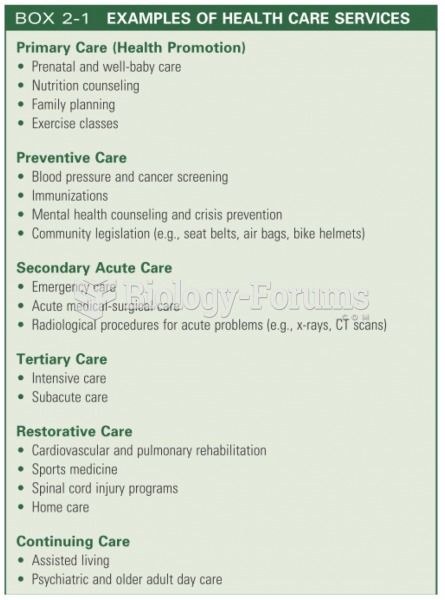Answer to Question 1
An ideal response would be:
Rather than relying on their own employees, many state and local governments have contracted out public services to private sector organizations, including for profit corporations as well as nonprofit agencies. This practice, called outsourcing, can sometimes have advantages. Private organizations can bring a lot of expertise to public projects. It allows governments to pay only for the completion of a specific project and not be responsible for maintaining a workforce between projectsor a workforce whose skills are not appropriate for later projects. In addition, when governments award contracts competitivelythat is, when many private firms seek contracts by submitting bidsthere are incentives for suppliers to improve the quality of their services and reduce their costs.
Privatization of social services is often hard to put into practice, as it often requires that public officials exercise sophisticated management skills in developing appropriate contracts, finding and evaluating competing contractors, and closely monitoring the quality of services provided by the private agencies.
Delegation of emergency and police powers to profit-making corporations also raises many other fundamental questions, particularly those touching on liability and protection of individual rights.
Outsourcing also raises fears that private contractors will hire transient or even overseas help at lower pay, undermining merit systems and public employee morale and angering some citizens. Nonetheless, despite all the issues raised by privatization, it is likely to continue or even grow, as cities and states pressed for cash look for ways to cut back on their permanent workforces and rely increasingly on private contractors to provide basic services.
Answer to Question 2
An ideal response would be:
Merit systems increasingly came under attack, particularly in the 1990s. Critics complained that state personnel systems were overly centralized and regulated. State personnel offices used procedures, job descriptions, and tests that often failed to fit the needs of state agencies. Job descriptions were detailed and hard to change, and agency managers were thus prevented from adapting their workforces to changing needs. Procedures for filling jobs involved several levels of bureaucracy, and vacancies took a long time to fill.
Critics also complained that hiring and firing rules deprived responsible officials of authority over their subordinates. They argued that there was so much emphasis on insulating public employees from political coercion that employees enjoyed too much job security. Administrators could not get rid of incompetent workers. Sometimes, it took months and several elaborate hearings to dismiss public employees unwilling or unable to do their jobs. Also, public managers could not use salaries to reward and retain the best employees because most of the older merit systems permitted only a narrow pay range for any one job. In summary, although merit systems were supposed to emphasize ability and minimize political favoritism, they came to be viewed as clumsy, complicated, and unresponsive to the needs of public managers and agencies.







